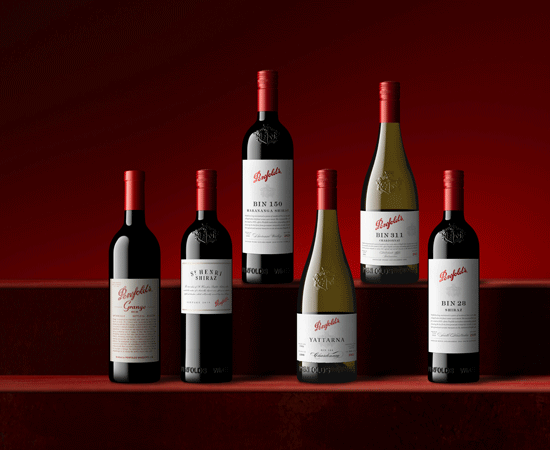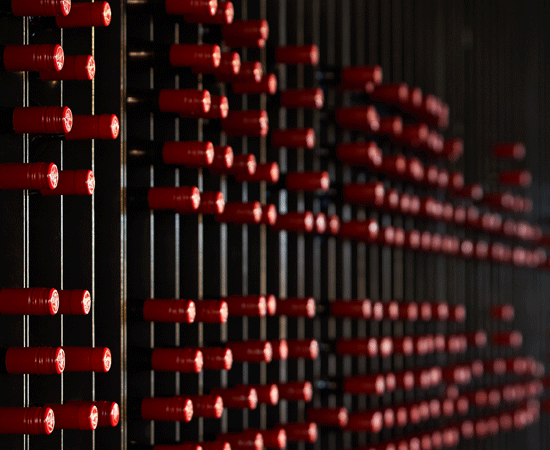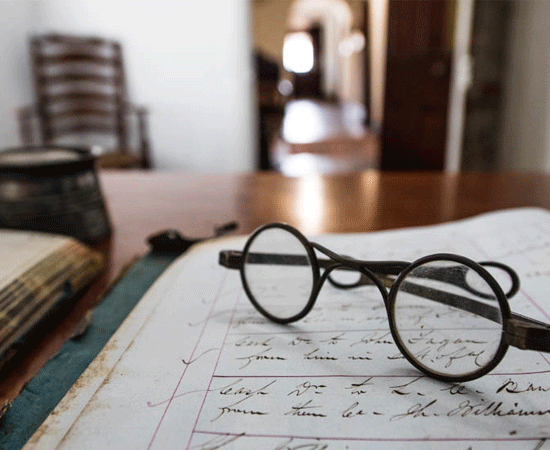What is a Penfolds Bin?
Bin Numbers. The secret of where to find Penfolds finest.
Many of our Penfolds wines include the moniker ‘Bin’ in their title, and we are often asked about the story behind our numbers. The term ‘Bin’ originated from the storage location (BIN) in the Penfolds Magill Estate cellars in South Australia, where our wines were historically stored for maturation.
Max Schubert, the creator of Grange, started the Penfolds Bin system by labelling his first experimental Grange (then Grange Hermitage) as Bin 1 – the original location of the 1951 vintage. This was so the winemaking team could easily identify the wine by type and style and keep track of its location. In 1959 the winemaking team set about to create a shiraz using grapes from our Barossa vineyards. They sourced parcels of fruit from the Kalimna vineyard and crafted Bin 28 Shiraz, which was to become the first of our official Bin numbered wines.
Today, the story behind each wine name varies. Here are the stories of some of our collector’s favourites:
Bin 95 Grange
First vintage 1951 | Multi Region
Named after the Grange Cottage, built in 1845 at Magill Estate. Originally named Bin 1 after the storage location but was later renamed Bin 95.
One of the world’s most celebrated wines, a powerful expression of Penfolds blending philosophy. Only the highest quality shiraz fruit makes it into a bottle of Grange.
Bin 707 Cabernet Sauvignon
First vintage 1964 | Multi Region
Our extraordinary cabernet is inspired by the iconic jet that took it to the world. The rich and powerful Bin 707, our first commercial release of a single cabernet-based wine, is linked to Max Schubert’s dream of making a great Australian red wine that could last at least 20 years.
During the ‘50s and early ‘60s, cabernet sauvignon was mostly used for blending, but Schubert’s breakthrough with the varietal as a stand-alone wine came in 1964 with an inaugural vintage.




